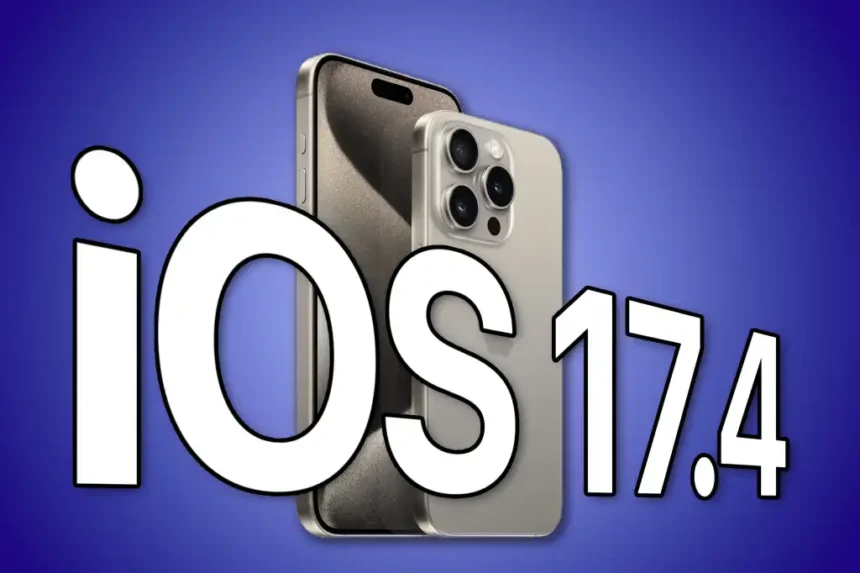What’s Happening & Why This Matters
Apple released iOS 17.4 on 05 March. Though marked as an incremental update, iOS 17.4 might well be the most significant update since the first version of the software. In no small part to the European Union (EU) interests in fair play and its Digital Markets Act (DMA), iOS 17.4 marks a seismic departure from Apple’s long-standing one-app-store policy. This move is not just about offering users and developers more options; it’s a response to the growing call for increased app marketplace competition and the diversification of in-app payment systems. Here’s how this shift could redefine the iOS ecosystem.
A Brave New World for iOS Users and Developers
For years, iOS’s App Store has been the sole gateway for apps on iOS devices. Apple tightly controlled app distribution and payment methods for users and developers. With iOS 17.4, change has come. Developers can now 1) offer their apps through alternative platforms and 2) employ different payment processing options.
- Alternative App Stores: Introduces third-party app stores with a plethora of new apps and services, potentially at competitive prices.
- Diversification: Aims to foster innovation and give developers more freedom in reaching new and existing audiences.
- Payment Freedom: Allowing alternative payment methods could lower transaction fees for developers and offer users more flexibility and potentially better security features.
It’s a win for choice (YAY!)… BUT opens considerations around security, quality assurance, and user experience (OHHHhhhhhh).
Navigating the Changes
These developments, while exciting, come with their challenges. Users navigating these new waters will need to be vigilant about app security and privacy, as not all third-party platforms may adhere to the same stringent standards set by Apple. Developers, on the other hand, face decisions about where to host their apps and how to process payments most effectively.
The tech community has largely welcomed the move, viewing it as a positive step towards more open digital ecosystems. “This is a monumental shift in how we perceive app distribution on iOS,” notes a Bloomberg industry analyst.
There are also cautionary voices, including Apple and cybersecurity experts, reminding users to stay informed about their downloaded app sources and the data and privacy risks of their payment methods.
t/f Summary: What’s Next
As iOS users begin to explore alternative app stores and payment methods, the landscape of mobile applications is set for an exciting evolution. This change promises not only to enhance user choice and flexibility but also to spur innovation among developers now armed with new avenues for reaching their audience. As we venture into this new era, the onus is on all parties—Apple, app developers, and users—to navigate these changes responsibly, ensuring that the openness does not compromise the security and integrity that iOS is known for. The journey ahead is as promising as it is challenging, signaling a new chapter in the storied history of iOS.



